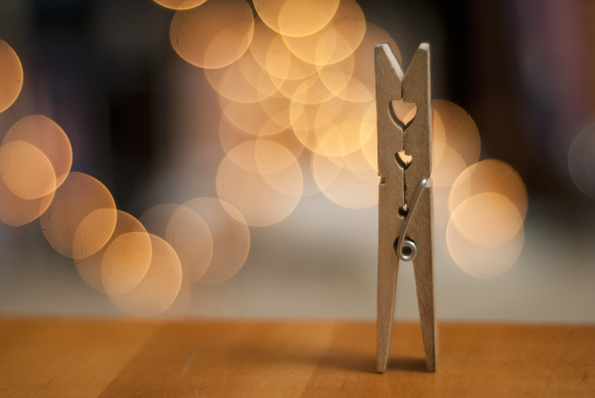Rosanna Wong
Mrs. Haynes
Photo 4
3 October 2014
Photo Essay: Thrifty’s Ice Cream
For my photo essay I chose to take a trip to Thrifty’s Ice Cream. Thrifty’s ice cream is a Rite Aid brand ice cream originated in California in 1940. It is now sold in over 500 ice cream shops. It is famous for its unusual cylinder ice cream scoop shape and offers over 25 flavors. The location I chose to visit was the Elk Grove Boulevard location.
I first decided I wanted to do my essay on Thrifty’s Ice Cream simply because I like ice cream. Thrifty’s ice cream is one of my favorite ice creams only because their birthday cake flavor is one of my favorites. It is a very unique flavor because most of the birthday cake flavored ice creams I have tasted are sort of chalky. However this one is very rich and even contains sprinkles which is always a plus. They also give you quite a bit of ice cream for your money so considering all these things I decided I just had to do my photo essay on this ice cream.
I went one evening after dinner I decided to go. I brought my friend Julianne with me because I figured she would want ice cream too. We got to Rite Aid and went straight to the ice cream counter where the was a big sign that read “Thrifty Ice Cream” and on it had all the offered flavors and the prices of the different amounts of scoops. There was a huge glass case filled with all the tubs of ice creams. Every tub contained a different flavor of vibrantly colored ice cream. The one ice cream that stood out to me most was the cotton candy ice cream because the blue and purple colors were so electric it was hard not to admire them.
Julianne was still deciding on which flavor she wanted. I knew exactly which ice cream flavor I wanted and I was so excited I could almost taste the birthday cake ice cream already. We stood at the counter for almost five minutes waiting for the worker to come scoop our ice cream.
Finally he came and said hello. He then asked us what we would like to order. Julianne decided to order a scoop of chocolate malt crunch ice cream. The worker then grabbed the famous cylinder ice cream scoop and got her a nice big scoop of ice cream. The worker then turned to me and asked what he can get me. I said “a scoop of birthday cake please” and he once again grabbed that unusual ice cream scoop and scooped me a cup of that delicious Thrifty’s ice cream too. Before I went over the cash register I asked the worker if it would be okay for me to take a few photos of the ice cream for my essay. At first I was a little embarrassed to ask because I felt like it was a very odd question to ask. However he said yes and he even asked me about the essay. While I took the photos I explained to him the assignment and he told me it was very interesting assignment.
After I finished taking the pictures I continued on over to the cash register to pay for the ice cream. After that I was going to drive home but I couldn’t wait to dig into the ice creams so we sat in the car and ate. I also used this to see if I could get some good shots of the ice cream and I played around with different angles and with lighting and flash.
Overall I think I took some very good shots and I believe that the story of my trip to get ice cream helped me realize that in photography, if you want a great shot you can’t be shy or embarrassed to take the actual photos. Otherwise you will end up with mediocre pictures or no pictures at all. I am very glad I asked to take the pictures because I am very pleased with how they turned out. If I were to take the photos again I might have even asked if I could get behind the counter to take the pictures so I could get some macro shots of the ice cream in the tubs.













































